This guest post appeared first on Blogilicious and was produced in collaboration with Falkland Islands Tourist Board.

There’s no mistaking that the Falkland Islands is a destination that should be on every adventure seeker’s bucket list! From the amazingly accessible wildlife to the limitless potential for hiking and adventure activities, the Falklands are an archipelago that deserves to be admired.
If you’ve been thinking of taking a trip to the Falkland Islands, it can be a bit overwhelming knowing where to start. This practical guide to visiting the Falkland Islands has been prepared to give you a comprehensive overview of how to make the most of your holiday.
When to Visit the Falkland Islands
The Falkland Islands can be visited at any time of the year, but the prime time to enjoy the islands’ wildlife is between September and April. In spring, seal pups start appearing on the beaches, which (by no coincidence) is when orcas start swimming nearby in search of easy prey. October is when elephant seals start to arrive. The beaches become a battleground as large males have fierce battles to win mating rights. From November onwards the first fuzzy penguin chicks start peeking out from beneath their parent’s plumage.
The summer months of December through February are the most popular months to visit – when the wildlife is at its peak and the weather is milder. But if you take advantage of the quieter shoulder season of March to April to visit, you’ll still be able to see bigger chicks and penguins hanging around, as well as the last of the seals and their rapidly growing pups.

What to do in the Falklands
While famous for its wildlife (and justifiably so), there are plenty of other reasons to visit the Falklands! From the endless walking and hiking opportunities, to indulging in photography, to learning about the intriguing history of the islands – there is something for everyone to enjoy.
For a full guide of what to do in the Falklands, head over to the Falkland Islands website.
How to get to the Falklands
There are two main flight routes into the Falkland Islands and it’s also a popular destination on cruise ship itineraries from October to March.
For those flying from the UK, the Royal Air Force schedules a charter flight (operated by AirTanker) from Brize Norton, near Oxford, twice a week. Flights leave on Wednesdays and Sundays and arrive in the Falklands the following day. For more information about these flights, see the Falkland Islands Government Website.
For those travelling from South America, LATAM operates a flight every Saturday from Santiago to East Falkland, stopping briefly at Punta Arenas.
Important notes:
- If travelling via Chile, be sure to check your visa requirements beforehand.
- As the RAF Airbridge operates out of the UK Ministry of Defence facilities, people of certain nationalities are restricted from flying on this service. Check here for more details.
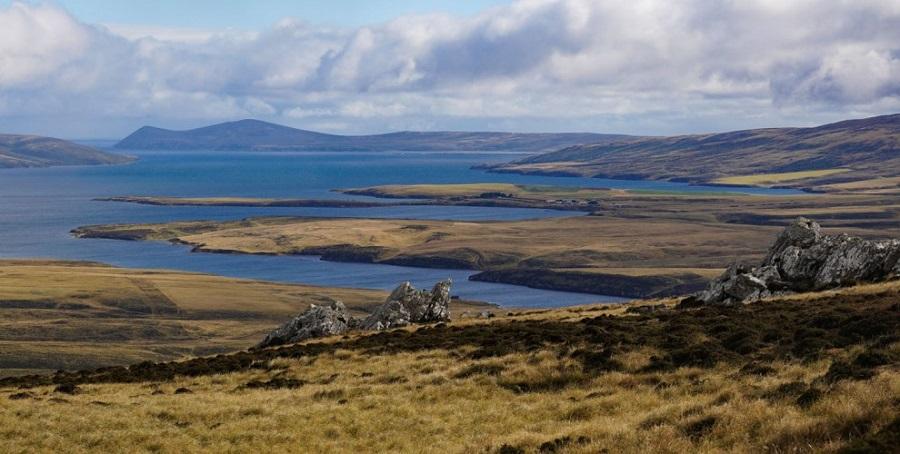
Things to Know Before You Book Your Ticket
All travellers arriving into the Falkland Islands are required to have the following:
- A valid passport and visa (if required)
- A return ticket/evidence of onward travel arrangements
- Pre-booked accommodation
- Sufficient funds to cover the length of your intended stay in the islands
- Travel insurance is not mandatory but highly recommended
- A departure tax of £25 pounds is payable per person. Payable in cash only in GBP, USD or EUR
Getting Around the Islands
Transport to, and around the outer islands is made possible via the national carrier, FIGAS. With their fleet of small passenger aircraft, it’s a fun way to explore the islands from above! The service runs every day and the schedule is set the night before departure depending on demand. You may not always get a direct flight to your island, but it can be a great way to catch a glimpse of other islands (and their wildlife population) as you briefly land to drop off and pick up passengers. Bookings can be made directly with FIGAS and flights leave from Stanley airport, which is a short drive from the town centre.
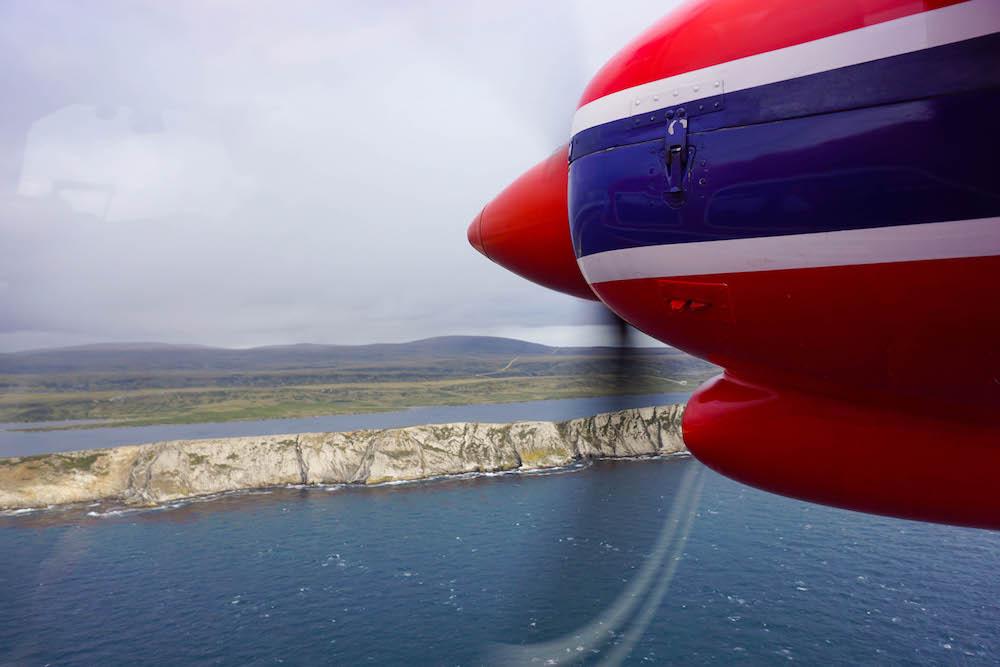
Food & Dining
In the islands’ capital, Stanley, you’ll find restaurants and eateries serving up everything from fine dining to traditional English pub grub. Stanley is also the only place to stock up on supplies. So if you’re planning on self-catering, head to The West Store on Ross road before you head out of town.
On the outer islands, accommodation is normally offered on a full board basis for the simple reason that there isn’t anywhere else around to eat! But it’s in these furthest reaches that some of the most sumptuous flavours can be found. Many of the guesthouses bring in chefs from abroad to whip up delicious meals for their guests, and those who don’t have homegrown favourites down pat.
Where to Stay in the Falklands
Flights to the Falklands arrive into Mount Pleasant International Airport on East Falkland. There are a number of accommodation providers located in prime spots around East Falkland (the largest island in the archipelago), particularly around the Island’s capital, Stanley. In Stanley, accommodation ranges from modern hotels to homely B&B’s, catering to every budget.
Outside of East Falkland, there are currently seven outer islands that offer accommodation for visitors. These are West Falkland, Weddell Island, Bleaker Island, Pebble Island, Carcass Island, Sea Lion Island and Saunders Island. Accommodation in the outer islands is generally very comfortable, with a homely feeling that will put you at ease. Quality is assured and checks are carried out at all of the hotels and guesthouses around the islands annually.
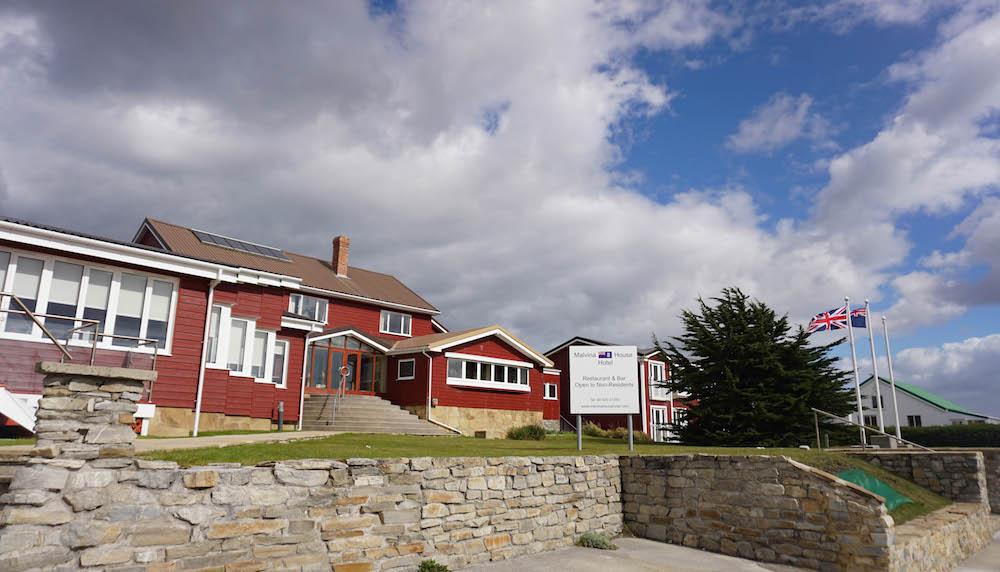
What to pack
A lot of what you take on your Falkland Islands holiday will depend on how long you’re staying, which season you’re travelling in, and what activities you’ll be taking part in while on the islands. But regardless, the following items should be on any packing list…
- Camera. The Falkland Islands are so photogenic, you’ll be kicking yourself if you don’t bring a decent camera along for the journey.
- Walking shoes. Whether you’re planning on undertaking long hikes or not, it’s advisable to bring sturdy walking shoes to navigate the sometimes wild terrain.
- Clothes. The islands are susceptible to having “4 seasons in one day”, so regardless of when you’re visiting, be sure to pack layers.
- Medicine. Be sure to pack any regular, prescribed medicines. The pharmacy in Stanley is great for simple items such as painkillers or cold remedies, but it’ll be harder to get any other medicines in a pinch.
Internet Access
If there was ever a perfect place to switch off from the outside world, the Falkland Islands would be it. But if you must check-in with your emails, most accommodation providers in East Falkland and the outer islands will sell you a card to connect to WiFi hotspots. Prices vary and can cost as much as £10/hour on the outer islands, to £15/12 hours in Stanley.
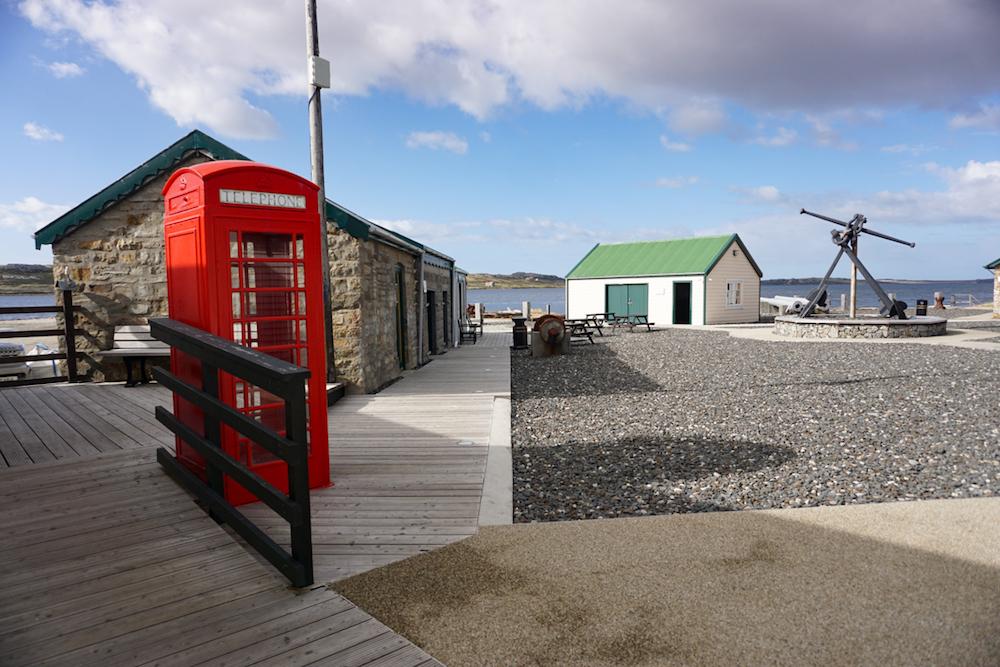
The Falkland Islands are well off the beaten tourist trail, which makes them unique in more ways than one. Whatever your motivation is for visiting the Falklands, a little forward planning with the help of this practical guide will ensure you’ll make the most of your time in this breathtaking location.

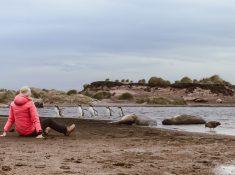
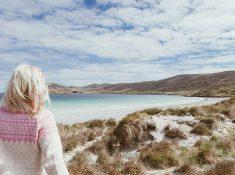
Zelalem says
Thanks a bunch for sticking with it!!